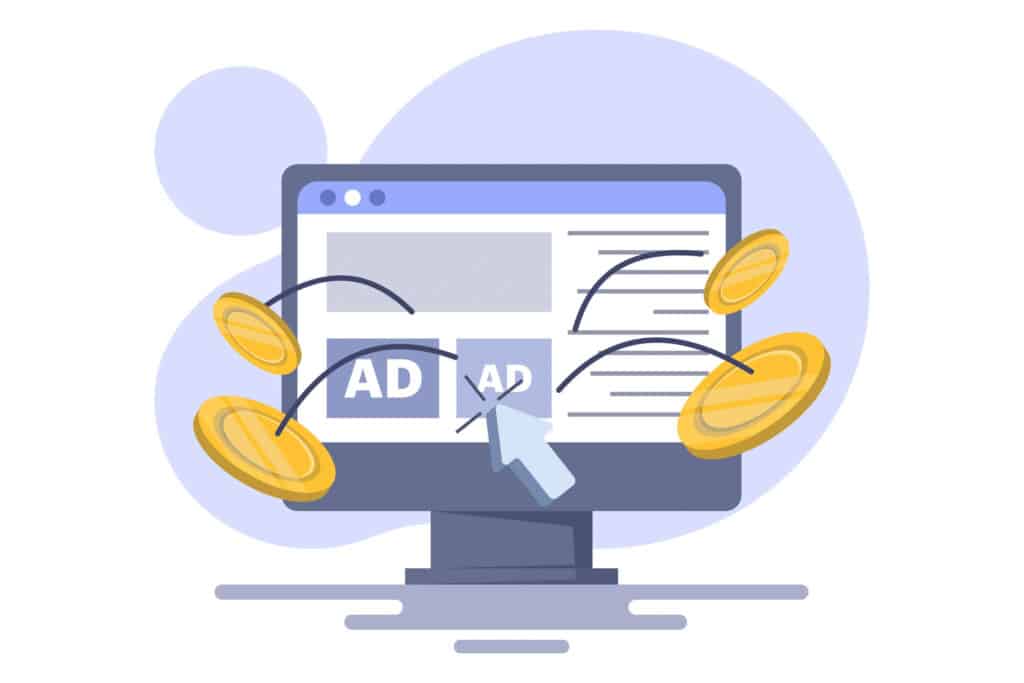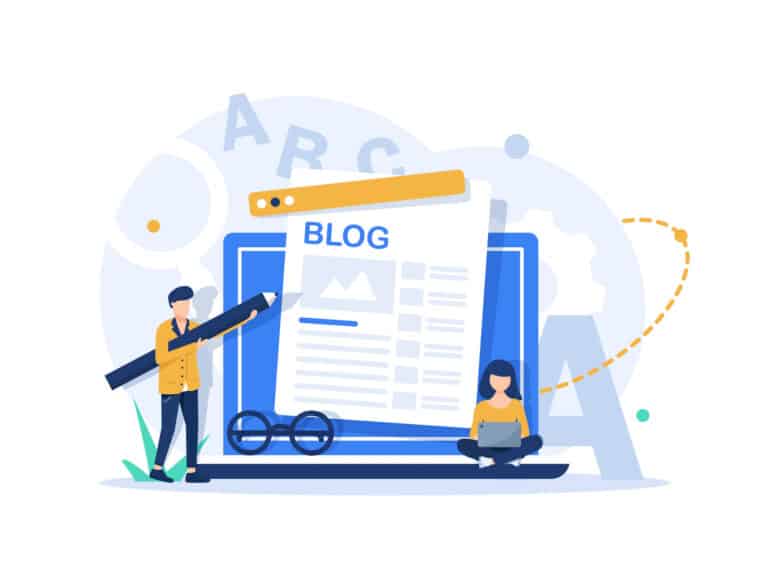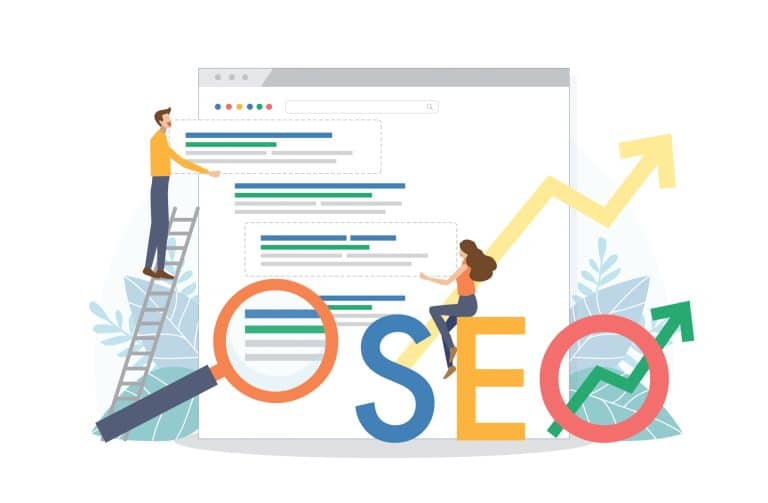The conversation about paid ads always revolves around Google. And why shouldn’t it? Google has a 90% share of the paid ads market. Trailing behind them, however, is Bing Ads (also known as Microsoft Ads). Bing can do most of what Google can, and maybe a few things they can’t, but are they doomed to always live in Google’s shadow?
Bing Finally Introduced Performance Max
Bing recently made Performance Max campaigns available on their platform. This introduction is going to be very familiar to experienced Google Ads users, as the automated strategies of Performance Max have been critical to many marketers’ strategies.
And it’s difficult to avoid the accusation that Bing are trailing behind Google and picking up their own ideas for themselves. But when looking for online opportunities, it’s pointless arguing the negatives of Bing being unable to make the kind of waves that Google can.
In reality, this is a huge step up for Bing. Performance Max campaigns allow you to reach more users using a combination of search, display, video, and more, and optimises them using machine learning. If it’s there, why not use it? It shouldn’t matter if the concept came from Google, as long as it works, and it does!
Importing From Google
If you’re already using Google Ads (which you really should be doing) then doing the same strategies on Bing can be incredibly quick.
Again, one of the details about the Bing platform that makes it feel like the second to Google is the fact that you can import your campaigns directly from Google into Bing (this can be done with other platforms like Meta too).
So, yes, with this workflow, Bing should absolutely come second to Google. Just build your campaigns on one platform and transfer them over to the second. Easily done. But as I mentioned above, this shouldn’t dismiss Bing as a solid option.
What Are The Differences In Reach
Does Google Ads Have More Reach? In a word: absolutely. Google is the most popular search engine globally, handling over 90% of all searches. That’s massive! It means that when you advertise on Google, you have the potential to reach millions of people every day. Bing, on the other hand, has a smaller piece of the pie, capturing around 6% of global searches.
So, yes, Google Ads has a much wider reach. But does that mean Bing Ads isn’t worth considering? Not at all! In fact, Bing has some surprising advantages.
- Less Competition: Fewer advertisers are using Bing Ads, which means the competition for keywords is lower. This can lead to cheaper clicks and a better return on investment (ROI) for your campaigns.
- Older Audience: Bing’s audience tends to be a bit older and more financially secure compared to Google’s. If your product or service appeals to this demographic, Bing Ads could be a goldmine.
- Integration with Microsoft Products: Bing Ads is integrated with other Microsoft products like Windows and Outlook. This means your ads can appear in more places, such as on the Microsoft Edge browser or in Outlook emails, giving you extra exposure.
Is there anything Bing Can Do that Google Can’t?
Does Bing completely live in the shadow of Google, or are there things Bing can do that the biggest search engine in the world can’t? Well, you’d be surprised to know that yes, there are a couple of things Microsoft has given you the ability to do that no one else can:
LinkedIn profiles. If you’re looking to connect with professionals or specific tech users, Bing’s targeting features could give you an edge that’s harder to achieve with Google Ads.
Bing Ads isn’t just about search results. With its integration across Microsoft’s ecosystem, including Outlook, MSN, and the Microsoft Audience Network, your ads can reach users wherever they are online.
Should You use Bing Ads
So, is Bing Ads the “little brother” of Google Ads? Sure, if you’re only looking at the size and reach. But remember, being the “little brother” doesn’t mean Bing Ads isn’t valuable. It’s like comparing a big ocean to a smaller, but still deep, lake. There’s plenty of potential there – especially if you’re looking to stand out without spending as much.
In the end, the best strategy might be to use both platforms. By diversifying where your ads show up, you can cover more ground and reach different audience demographics. Google Ads will give you the broad exposure, while Bing Ads can help you capture those niche, high-value clicks.
Before you import your fine-tuned campaigns from Google Ads to Bing, you need those campaigns to be set up and run. If you’re not comfortable with this, I highly recommend working with an agency or hiring someone experienced to do this internally for you – get in touch with us if you’re unsure where to start.
So, are you ready to give Bing Ads a try? You might just find it’s the hidden gem your marketing strategy needs.






